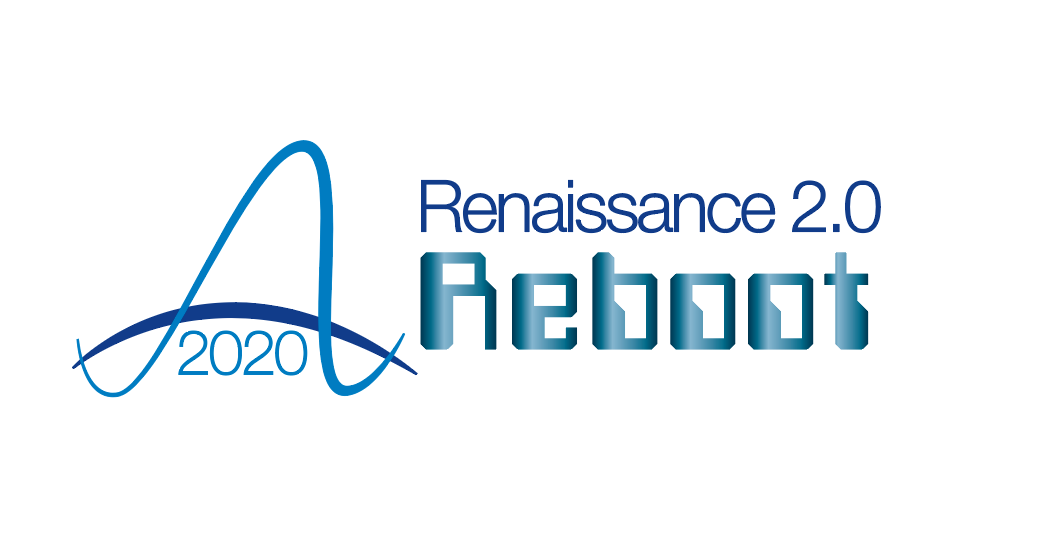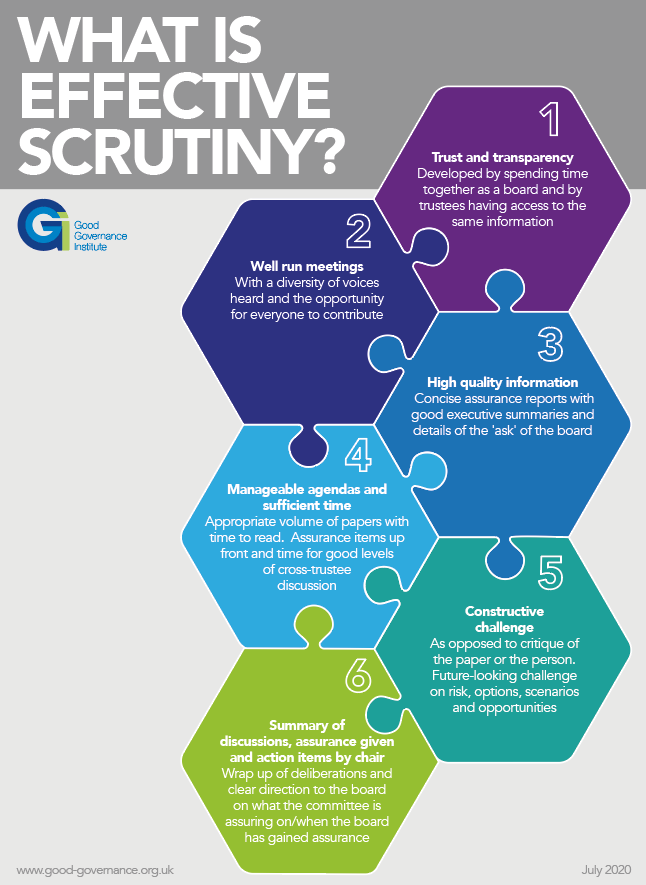Charity scrutiny
05 August 2020

All charities face significant and ongoing challenges due to COVID-19. Research by the Institute of Fundraising, NCVO, and Charity Finance Group shows that 84% of charities reported a decrease or significant decrease in their income from the start of lockdown to 12 May.
The total loss of income for the year could be as much as £12.4bn. More than half said it was likely that they would have to make redundancies due to this fall in income.
On 8 April, Chancellor Rishi Sunak announced £750 million in emergency funding. That huge funding gap means the sector will struggle to meet the demand for services, just when they’re needed more than ever.
In such a time of crisis, the sector simply cannot afford to fall short in governance. And yet, it happens. A recent alert from the Charity Commission following a review of the role of trustees at the Royal National Institute of Blind People (RNIB) highlighted the need for trustees to pass a spotlight over the arrangements to manage risk – primarily safeguarding but also financial risk.
The inquiry revealed ‘comprehensive failings of governance and oversight’, which placed some RNIB beneficiaries at risk and allowed harm or distress to come to some children with complex needs, according to the Charity Commission.
Managing risk has never been more important. But it’s not just about operational risk, which is the responsibility of management and the control systems. It’s also about tactical and strategic risk as charities move towards some form of new normal. This requires trustees to make sure they understand their important scrutiny role and hold management account to deliver.
Effective scrutiny
GGI undertakes a wide range of independent governance reviews for both small and large charities. Too often, we come across the impact of the lack of effective scrutiny. This leads to uneven assurance processes and means trustees don’t have the right level of ‘grip’ to drive the good governance which is essential for charities to fulfil their charitable purpose.
Trustees are often uncertain about what effective scrutiny is and many people confuse criticism with scrutiny. It’s not about turning up to meetings, reading papers passively or critically challenging management. Importantly, scrutiny goes beyond constructive challenge – it’s a combination of factors within and outside of meetings and all of these are essential elements for good, modern governance.
We believe there are six elements of effective scrutiny:

All of these elements are equally important. Some are more process-driven and can often be tightened up quickly in the short term. Other elements, such as building trust and a creating a cohesive board, can require a more concerted effort.
Just having the conversation as a board about what effective scrutiny is will be a highly valuable starting point for good, modern governance.
Questions for trustees
- As a board, do you discuss what effective scrutiny looks like?
- How would you rate your board on effective scrutiny on a scale of 1 to 10?
- Looking at the elements, which ones as a board do you do well and which ones could you improve on?
- Is it clear how you could make changes to improve the effectiveness of scrutiny?
SallyAnn Hunting
Former Consultancy Director
